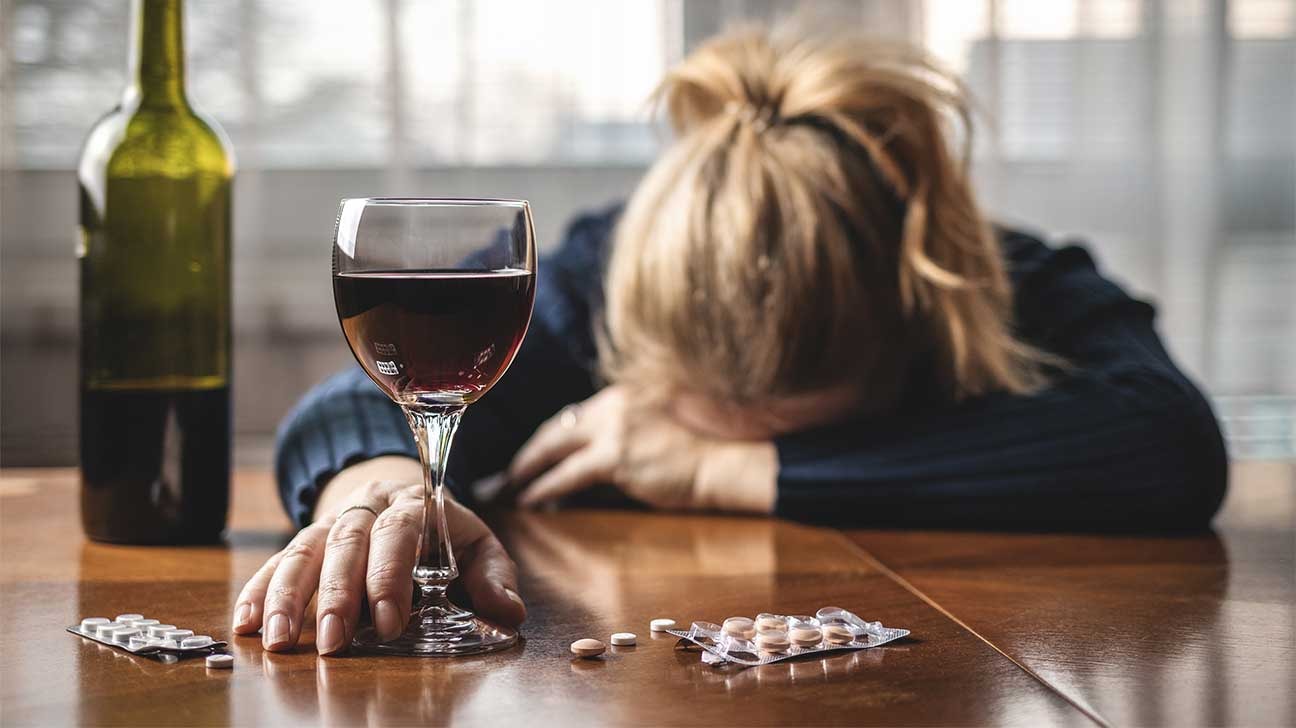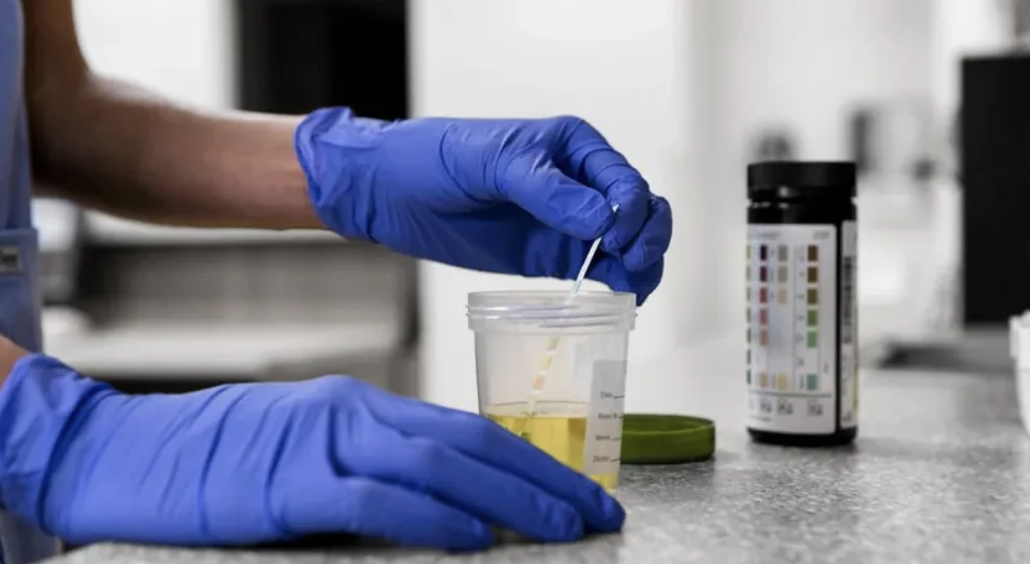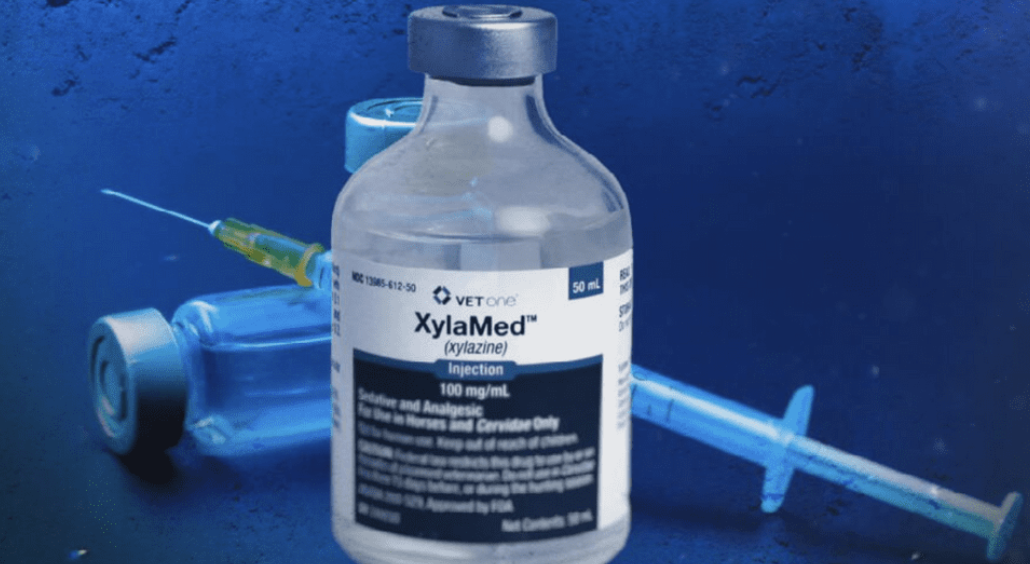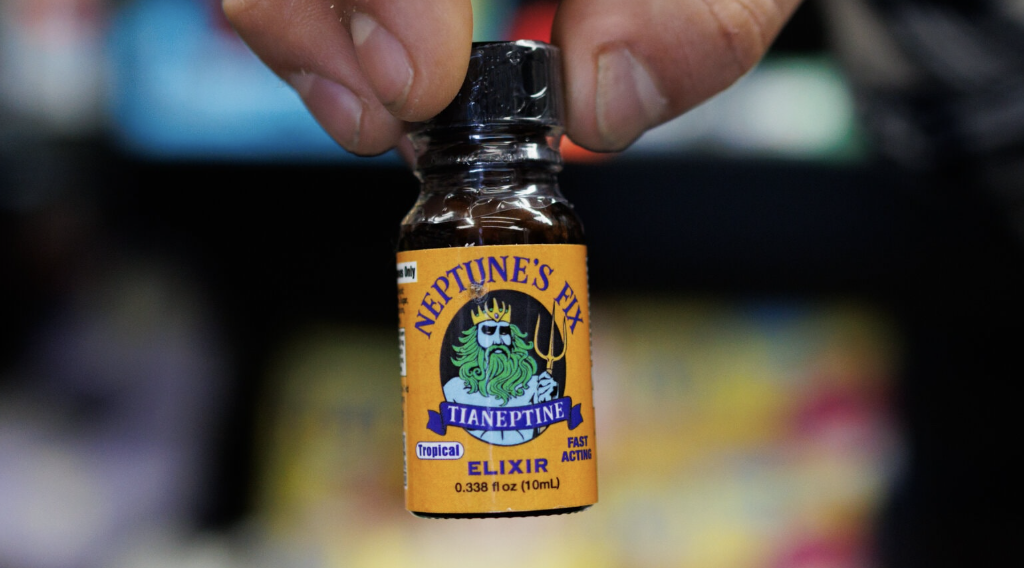Taking Suboxone correctly involves understanding the right dosage, timing, and method of administration. Whether you’re starting Suboxone for the first time or need guidance on daily usage, getting it right is essential to manage withdrawal symptoms and cravings effectively. This article will provide clear, concise steps on how to take Suboxone correctly, ensuring your treatment leads to the best possible outcomes.
Key Takeaways
- Timing is crucial when starting Suboxone; wait 12 to 24 hours after the last opioid use to prevent precipitated withdrawal.
- For effective daily use, Suboxone must be administered sublingually and ideally taken at the same time each day to maintain stable medication levels.
- Avoid interactions with alcohol, sedatives, and certain medications, and consult your healthcare provider for personalized advice and symptom management.
How should you take Suboxone for the first time?
Taking Suboxone for the first time can be a pivotal moment in your journey to recovery. Getting this step right helps avoid unnecessary discomfort and maximizes the medication’s effectiveness. Suboxone is designed to help manage opioid addiction by reducing withdrawal symptoms and cravings, but starting it at the wrong time can lead to precipitated withdrawals, a condition where symptoms appear suddenly and intensely.
Gradually adjusting to Suboxone after stopping opioid use mitigates these risks. This approach minimizes withdrawal effects and ensures that the transition is as smooth as possible, helping to treat opioid cravings with naloxone.
Next, we’ll explore the timing of your first dose and the recommended starting dosages for different users.

Timing your first dose after last opioid use
Timing is everything when it comes to starting Suboxone. To avoid precipitated withdrawal, which can be more severe than regular withdrawal symptoms, follow these guidelines:
- Do not take Suboxone too soon after using opioids.
- Wait until you experience moderate withdrawal symptoms.
- Usually, wait at least 12 to 24 hours after your last dose of short-acting opioids.
Using the Clinical Opiate Withdrawal Scale (COWS) to monitor your opioid withdrawal symptoms can be helpful. This scale helps assess whether your symptoms have reached a moderate level, making it safer to start Suboxone. Remember, the goal is to minimize discomfort while ensuring the medication works effectively.
Recommended starting dosage for different users
The initial dosage of Suboxone varies for each individual, and this Suboxone dosage guide outlines how providers determine the right starting dose based on your opioid use history. The starting dose typically ranges from 2 mg to 8 mg of Suboxone sublingual film, depending on your opioid use history and individual circumstances. For those dependent on short-acting opioids like heroin, an initial dose of up to 8 mg/2 mg is common on the first day.
On the second day, the dosage can be adjusted based on your response, potentially increasing to a maximum of 16 mg/4 mg. For individuals transitioning from long-acting opioids like methadone, a different approach involving buprenorphine monotherapy might be recommended initially.
Always consult with your healthcare provider to determine the most appropriate starting prescribed dose for your situation.
What is the correct way to take Suboxone daily?
A daily routine for taking Suboxone ensures its effectiveness:
- Suboxone is most effective when absorbed sublingually.
- It should be placed under the tongue and allowed to dissolve completely.
- This method ensures that the medication enters your bloodstream efficiently.
- It provides optimal relief from withdrawal symptoms and cravings.
Strict adherence to dosage instructions is equally important. Taking Suboxone at the same time each day helps maintain consistent medication levels in your body, reducing the risk of withdrawal symptoms and relapse.
Next, we’ll explore the differences between sublingual film and tablets, and the importance of talking about maintaining a consistent daily routine with the sublingual film form.
Sublingual film vs. tablets: usage instructions
Whether you’re using Suboxone sublingual film or suboxone films, the method of administration is similar. The film should be placed as far back as possible under the tongue, ideally on one side or the opposite side to prevent overlapping if using multiple films. For tablets, they should also be placed under the tongue or inside the cheek and allowed to dissolve completely without chewing or swallowing.
Avoid eating or drinking until the product is completely dissolved to ensure maximum absorption. Swallowing Suboxone can reduce its effectiveness, as it bypasses the sublingual route, leading to inadequate relief from withdrawal symptoms.

Daily routine and dosage consistency
Creating a consistent daily schedule for taking Suboxone can significantly enhance your treatment’s success. Taking the medication at the same time each day helps maintain stable medication levels in your body, which is crucial for managing withdrawal symptoms and curb cravings.
Incorporating Suboxone film into your daily routine also reduces the chances of missed doses. To use it properly:
- Store the medication in a cool, dry place, away from children and pets.
- Avoid eating or drinking until the film has fully dissolved.
- Wait at least one hour before brushing your teeth to prevent irritation.
What should you avoid when taking Suboxone?
Certain foods, drinks, and behaviors can interfere with the effectiveness of Suboxone. Combining Suboxone with alcohol, for instance, can intensify its depressant effects, leading to severe health risks. It's important to understand other potential Suboxone interactions that may compromise your safety or treatment. It’s also important to avoid using other opioids or sedatives, as these can lead to serious side effects and potentially fatal interactions.
Being mindful of these interactions and avoiding substances that can compromise your recovery ensures the best possible outcomes from your treatment. Next, we’ll delve into specific drugs and behaviors to avoid, as well as best practices for eating, drinking, and oral hygiene around dosing times to eat.

Drugs and substances that interact with Suboxone
Benzodiazepines like Xanax and Valium significantly increase the risk of adverse side effects when taken with Suboxone. These drugs can slow breathing and heighten the risk of life-threatening side effects. Additionally, combining Suboxone with alcohol can amplify negative effects such as nausea and headaches, impairing cognitive function.
Certain antibiotics and herbal supplements may also affect Suboxone’s effectiveness. For example, clarithromycin and erythromycin can enhance Suboxone’s effects, while St. John’s wort may reduce its efficacy. Always consult your healthcare provider before taking any new medications or supplements.
Eating, drinking, or brushing teeth before/after dosing
To maximize the effectiveness of Suboxone:
- Avoid eating for at least 15 minutes before and after taking it.
- Avoid drinking for at least 15 minutes before and after taking it.
- Avoid brushing your teeth for at least 15 minutes before and after taking it.
This ensures proper absorption and prevents irritation of the oral tissues.
Drinking water before taking Suboxone can help moisten the mouth, but nothing should be consumed during the dissolution process. Additionally, if residue from Suboxone is bothersome, users can use the ‘Suboxone spit trick’ to minimize unpleasant aftertastes.
How long do you stay on Suboxone?
The duration of Suboxone treatment varies greatly among individuals, and understanding how long you should be on Suboxone can help you plan your recovery journey more effectively. Some may only need it for a few months, while others might require it for a year or longer. The treatment typically progresses through three stages: induction, maintenance, and tapering. The length of each stage depends on your individual needs and circumstances.
Next, we’ll explore the differences between short-term and long-term Suboxone treatment and provide guidance on when and how to taper off the medication safely.
Short-term vs. long-term Suboxone treatment
Short-term Suboxone use, usually less than a month, is often linked to higher relapse rates compared to long-term use. Long-term treatment, lasting six months to a year, can significantly reduce cravings and support sustained recovery.
Professional opinions suggest that long-term Suboxone use, paired with behavioral therapy, is beneficial for individuals with severe substance use disorder and opioid use disorder. Deciding between short-term and long-term treatment should be a personalized process, guided by individual needs and support systems to treat opioid addiction.
When and how to taper safely
Tapering off Suboxone should be approached with caution and under medical supervision to avoid withdrawal symptoms. A gradual tapering process is essential, as it allows your body to adjust slowly to the decreasing levels of medication. Typically, a tapering schedule might involve reducing the dosage by 2 mg per month, although this can vary based on individual response.
Monitoring during the tapering process is crucial to address any potential withdrawal symptoms promptly. Your healthcare provider will guide you through this process, ensuring it is tailored to your specific needs.
What are the signs you’re taking Suboxone incorrectly?
Incorrect use of Suboxone can lead to a range of symptoms, from confusion and persistent cravings to withdrawal-like effects. Recognize these signs early to make necessary adjustments and consult your healthcare provider.
Physical signs of incorrect usage can include headaches, nausea, and tongue soreness. Behavioral signs might involve unusual cravings or withdrawal flare-ups, indicating that the medication is not being absorbed properly and may lead to a disorder.
Common side effects from incorrect usage
Common side effects from improper Suboxone use can include:
- Severe dizziness
- Lightheadedness
- Gastrointestinal issues like nausea and constipation
- Mouth numbness
- Burning sensations
- Inflammation of the oral cavity from sublingual administration.
Dental problems, including tooth loss, can arise due to the residue left by Suboxone under the tongue. If you experience any of these symptoms, it’s crucial to consult your healthcare provider to adjust your dosage or method of administration.
When to call your doctor
Seek medical help if you experience severe side effects like breathing issues, persistent nausea, or ongoing cravings. These symptoms could indicate that your Suboxone dosage needs adjustment or that there are other underlying issues.
If you notice severe allergic reactions or persistent dizziness, it’s critical to contact your healthcare provider immediately. Your doctor can provide guidance and make necessary changes to your treatment plan to ensure your safety and well-being.
Can you take Suboxone at home without supervision?
While self-administration of Suboxone at home can be suitable for individuals with stable conditions and a strong support system, it’s not always advisable for everyone. The induction phase, in particular, often requires medical supervision to ensure the medication is working effectively and to monitor for adverse reactions.
Next, we’ll explore the role of telehealth Suboxone treatment programs and discuss emergency situations where self-medication is not recommended.
Telehealth Suboxone treatment programs
Telehealth programs have revolutionized access to Suboxone treatment, with online Suboxone doctors now offering prescriptions and virtual consultations to support recovery from home. Virtual medication assisted treatment providers like Firepit Health and Bicycle Health offer comprehensive support, allowing patients to receive prescriptions and treatment plans from the comfort of their homes.
These programs often include integrated services such as counseling and support groups, which complement Suboxone treatment and enhance recovery outcomes. Telehealth can be particularly beneficial for individuals in remote areas or those with mobility issues.
Emergency situations and when not to self-medicate
Certain situations require professional medical oversight, such as concurrent alcohol use or unstable mental health conditions. In cases of overdose risk or severe withdrawal symptoms, self-medication can be dangerous and should be avoided in the context of drug medicine.
Consult your healthcare provider in these scenarios to ensure you receive the appropriate patient care and support. Professional guidance is crucial to navigate these critical situations safely.
Bottom Line: Take Suboxone the right way, every time
Taking Suboxone correctly is vital for reducing withdrawal symptoms, preventing relapse, and increasing the overall success of your treatment. By following professional guidance and adhering to a consistent daily routine, you can maximize the benefits of Suboxone.
Remember, your healthcare provider is your best resource for any questions or concerns you may have. Stay committed to your treatment plan and take Suboxone the right way, every time.
FAQs about how to take Suboxone correctly
Can I split my Suboxone doses during the day?
Yes, you can split your Suboxone doses during the day, but you should consult your provider first. Although the manufacturer typically advises against it, your doctor may find it beneficial for managing cravings.
Is it safe to take Suboxone before bed?
Taking Suboxone before bed can be safe if it follows your prescribed routine; however, it is essential to discuss any concerns with your healthcare provider.
How long should I wait after my last opioid use to take my first dose of Suboxone?
You should wait until you experience moderate withdrawal symptoms, typically 12 to 24 hours after your last use of short-acting opioids, before taking your first dose of Suboxone. This timing is crucial for the medication to be effective and to minimize the risk of precipitated withdrawal.
What should I avoid while taking Suboxone?
You should avoid alcohol, benzodiazepines, and specific antibiotics or herbal supplements that may interact negatively with Suboxone. This will help ensure your treatment remains effective and safe.
How do I know if I'm taking Suboxone incorrectly?
If you are experiencing persistent cravings, confusion, severe dizziness, or withdrawal-like symptoms, this may indicate incorrect usage of Suboxone. It is essential to consult your healthcare provider for guidance.
















